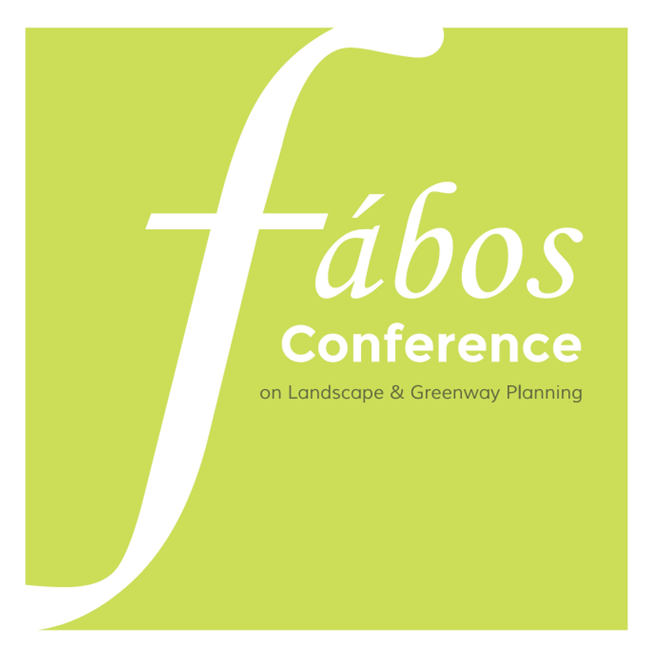Accessibility of Urban Greenways Transformed from Brownfields Based on Public Health
Abstract
Sustainable urban development emphasizes people-centredness and concerns public health, with a major goal of ensuring that residents have equitable access to greenways. In this context, greenways transformed from brownfields in urban revitalization have become critical spatial carriers for improving the quality of life and well-being of urban residents. People’s likelihood of visiting these greenways depends on their appeal and ease of access. Specifically, walking is the most basic, equitable, and healthy way to reach them. The study adopts GIS network analysis to analyse the accessibility and service capacity of greenways. The GIS network analysis is a method for calculating the accessibility of open spaces under certain resistance values based on real urban road networks. This method is grounded in graph theory and operations research, mainly used for optimal allocation of resources and shortest path search. Furthermore, using the Beijing-Zhangjiakou Railway Park in Beijing greenways as a case study, walking routes from nearby residences to the parks are acquired through open-source data. These routes were mapped to reasonably reflect the pedestrian environment. The online Baidu Map is employed to search for geographic data including park entrances, residential building POIs, and walking routes. Referring to the principle of the 15-minute community-life circle, walking distances of 5, 10, and 15 minutes are defined to measure the park’s service areas. Ultimately, the study found that the park’s service area is evenly spread in nearly all directions. The distribution of residential building POIs within the 5 to 15 minute different access times of the park is also even, which indicates that this greenway is closely connected to citizens' daily lives with more possibilities of physical activities for their health. In conclusion, this study will contribute to the equitable and sustainable development of synergistic relationships between urban greenways and human uses. This effort aims to promote public health improvement at both theoretical and practical levels.
Keywords: Urban greenways, Brownfields, Public health, Accessibility, Walking route
How to Cite:
Li, M., (2025) “Accessibility of Urban Greenways Transformed from Brownfields Based on Public Health”, Fábos Conference on Landscape and Greenway Planning 8(1). doi: https://doi.org/10.7275/fabos.2398
Downloads:
Download Accessibility of Urban Greenways Transformed from Brownfields Based on Public Health
256 Views
81 Downloads
